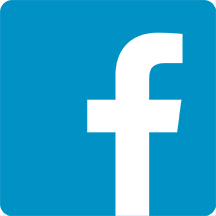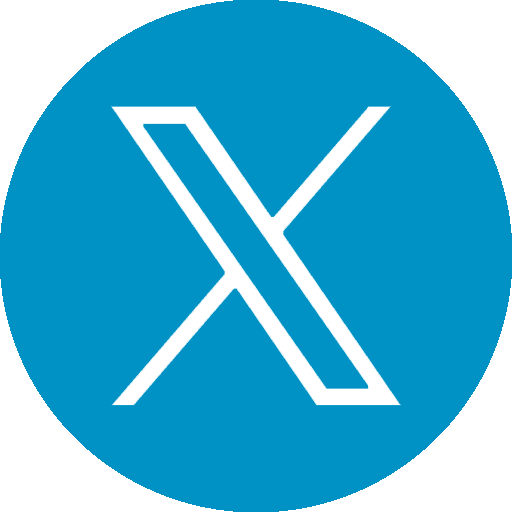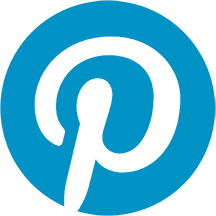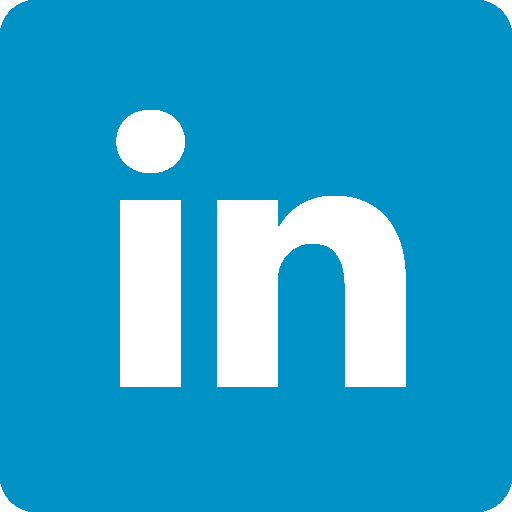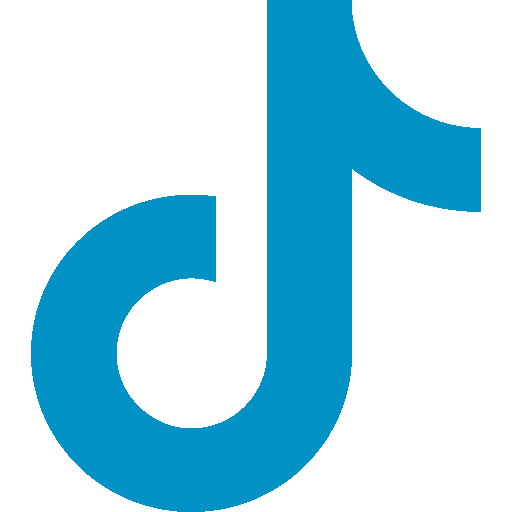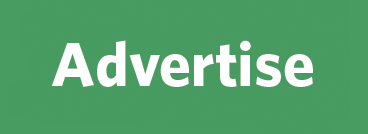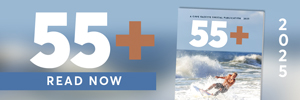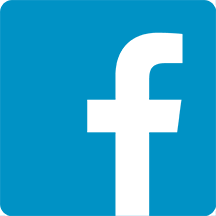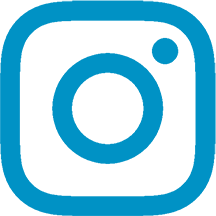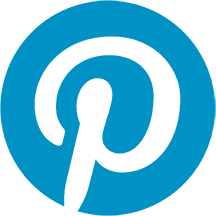Highmark encourages members to focus on mental health for new year
While 2020 was certainly one of the most stressful years in memory, this past year, 2021, also posed many stress-inducing challenges, including new variants of COVID-19.
As 2022 begins, Highmark is encouraging members to focus on mental health and the resources that are available to help them manage stress, anxiety and depression.
According to the Centers for Disease Control, adults reporting experiencing depression and anxiety rose to 41.5 percent in 2020. Anxiety disorders are the most common mental illness in the United States, affecting 40 million adults in the U.S. age 18 and older, or 18.1 percent of the population every year. Major depressive disorder also affects more than 16.1 million American adults, or about 6.7 percent of the U.S. population age 18 and older in a given year.
Highmark’s claims data also shows that 82 percent of costs related to behavioral health are spent treating depression, anxiety and substance use disorder for members. Members who have been diagnosed with a behavioral health condition and at least one chronic condition also have healthcare costs that are two to three times the amount of a member with no behavioral health diagnosis, according to Highmark’s data.
“The good news is that there are many options and resources available to our members to better manage behavioral health conditions,” said Demetrios Marousis, Highmark Blue Cross Blue Shield behavioral health director. “Not only are we seeing higher healthcare costs related to members diagnosed with behavioral health conditions, but left untreated, these conditions can lead to lower productivity at work and home, and an overall poorer quality of life.”
One new option for members is Meru Health, a 12-week, evidence-based program to treat depression, anxiety and burnout that mixes a clinical human touch with technology, self-care and data via a discreet smartphone app.
The 12-week treatment program through Meru Health includes consultation with a dedicated licensed therapist, evidence-based video lessons, guided mindfulness practices, habit-changing activities and anonymous peer support groups, all done on a mobile device, said Marousis. Members will also have access to ongoing support following the completion of the 12-week program.
Depression and anxiety are not the only behavioral health conditions that can be debilitating for Highmark members. More than 6,000 Highmark members have been diagnosed with obsessive compulsive disorder, and it is estimated that OCD affects about 8.5 million Americans, or 2.5 percent of the population. According to the World Health Organization, OCD is ranked among the top 10 most disabling conditions.
“These numbers may seem low at first glance, but we know that OCD is often undiagnosed or misdiagnosed,” said Marousis. “In fact, many therapists are not trained to focus on OCD, and most anxiety and depression screenings do not include questions that could reveal an OCD diagnosis.”
To help improve diagnosis and treatment of OCD, Highmark is now working with the provider NOCD to deliver virtual face-to-face therapy with therapists specializing in exposure and response prevention.
According to NOCD, ERP is a type of behavioral therapy that exposes people to situations that provoke their obsessions and the resulting distress, while helping them prevent their compulsive responses.
“We find that many of these types of therapies are not readily available, or if available, have high out-of-pocket costs or long waits for treatment,” said Marousis.
For Highmark members, NOCD offers virtual diagnostics for OCD, virtual ERP therapy sessions and unlimited messaging with a therapist from the NOCD Network, as well as between-session support.
“By offering these therapies virtually through NOCD, we can remove many of the barriers we are seeing to getting appropriate treatment for OCD,” Marousis said.
Highmark members can learn more about available behavioral health options by logging in to the member portal at member.highmark.com.

